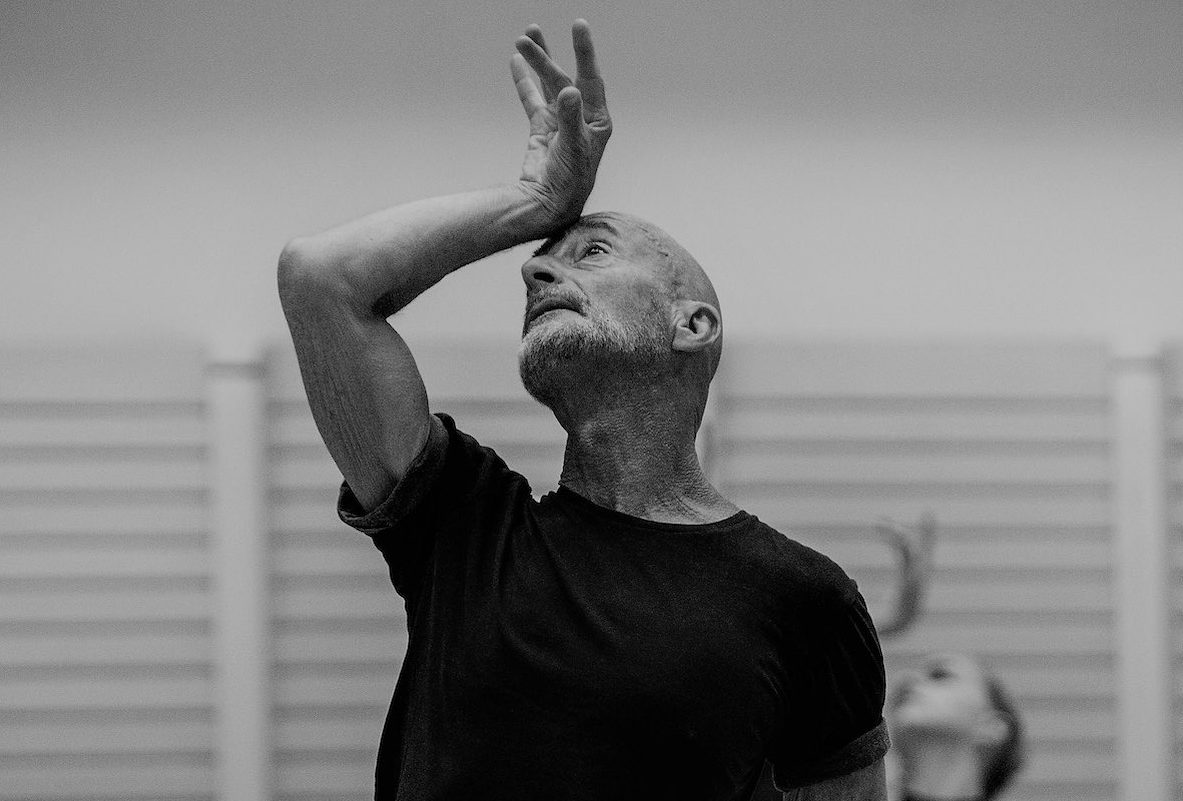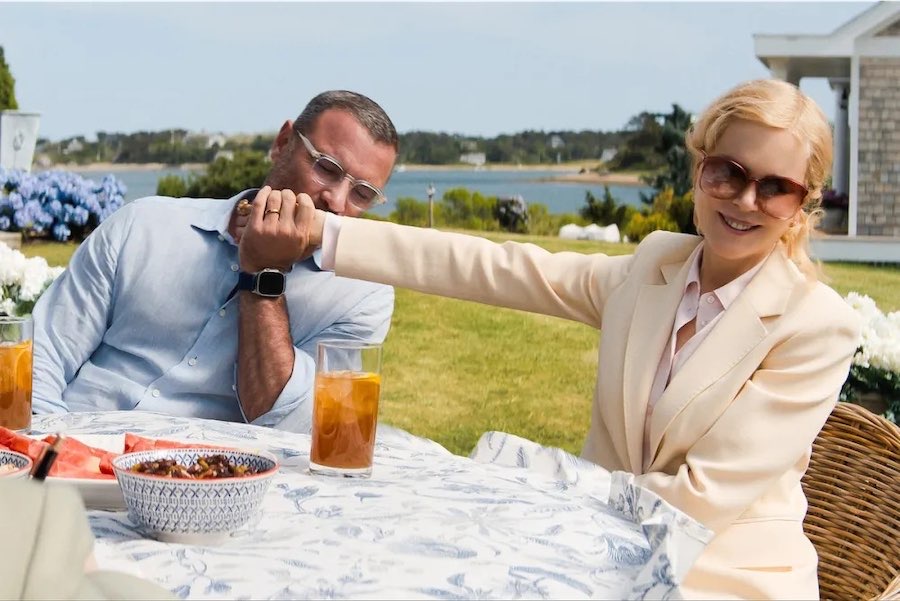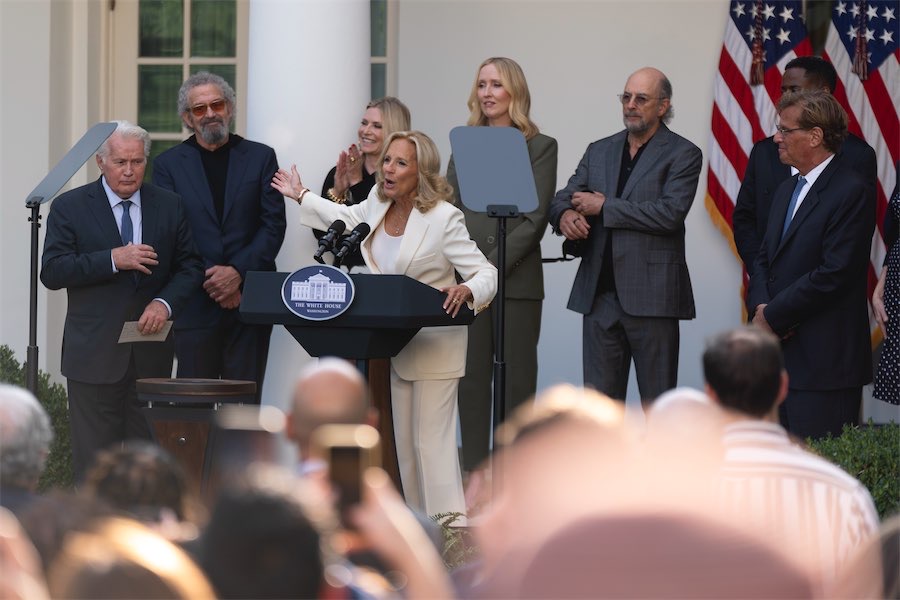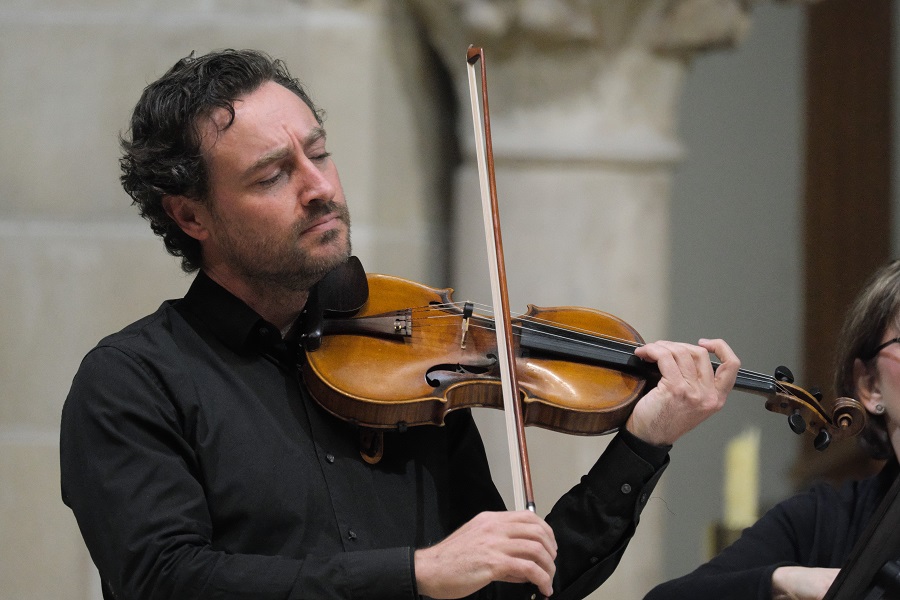
CANBERRA authors have produced not one but two important books about dance in recent months.
First up is “Glimpses of Graeme. Reflections on the work of Graeme Murphy”, by critic and dance author Michelle Potter.
The book is just that, a series of glimpses into Murphy’s work through the various reviews Potter has written over many years for publication in Canberra and beyond but, as Potter says, a true biography of Murphy is yet to be written.
There’s a Canberra angle. “Glimpses”, staged at the Canberra Theatre in October 1976, was the winning entry in a choreographic competition called “Ballet, 76” in the year before Murphy was appointed director of Sydney Dance Company. The cast included Canberra dance legends Ross Stretton and Meryl Tankard.
Potter has assembled her selected reviews according to several themes she sees in Murphy’s work – music initiatives, crossing generations, approaches to narrative, elements of design, postmodernism, theatricality and collaboration, so she sometimes returns to individual works under different headings.

The book analyses Murphy’s attention to design in the ’70s when he was listed as designer for no fewer than six productions, a practice he continued into the ’90s. Supremely visual in outlook, he engaged influential artists, notably Kristian Fredrikson, on whom Potter has also written a significant book.
There is a down-to-earth analysis of post modernism as it applies to Murphy and a section on his famed shock tactics where he is quoted as saying: “It was a way of jolting the audience”.
Murphy’s inspirational sources, Potter explains, were almost always subjected to some kind of re-contextualisation. In “Nutcracker: the story of Clara”, for instance, he told the story of a Russian dancer who spent her final years in Australia.
Without doubt, the most popular of his re-contextualisations has been his “Swan Lake”, made for the Australian Ballet in 2002, reimagined as a modern love triangle, maybe with hints of the relationship between Charles, Diana and Camilla.
Americans, Potter says, call Murphy “an artistic hero of his country”, but to Potter it is the magic in his choreography, his ability to draw audiences into work emotionally and his firm belief in collaboration that make Graeme Murphy great.
“Glimpses of Graeme. Reflections on the work of Graeme Murphy” (Forty South publications, rrp $45. Available at fortysouth.com.au)
POTTER’S approach is simplicity itself – a series of reflections on Murphy’s career – but Canberra historian John Stanley Anderson’s “exploratory” biography, “Forgotten impresario: discovering Daphne Deane”, is exhaustive and scholarly, with a whopping 70 separate chapters.

The author owes his inspiration for the book to letters held by his wife’s second cousin, an Australian dancer who worked as the secretary of his subject before World War II.
Anderson speaks of “the relative invisibility of women in history” as he recounts the story of Deane, a forgotten theatrical entrepreneur, actor, singer, journalist, producer and academic, from her birth in Queensland as Theodora Harriette Patience Lush, her early days, her time working with Sydney theatre director Gregan McMahon during the 1920s, her appointment as the first and only professor of dance at the NSW State Conservatorium of Music and her experiences seeing Anna Pavlova in 1926 and 1929.
In this part, her early marriage to a shyster in Sydney makes for enticing reading.
Deane’s initiatives in the theatre were legion, as the book shows, but her claim to fame rests on her entrepreneurial skills, fine tuned in England, where she toured the Ballet Rambert to provincial France in 1937, reaching their apogee in 1937-8 with her complex manoeuvrings to bring the Ballets Russes to Australia, related in the chapter titled “Conniving a Tour to Australia”. But JC Williamson’s and the Tait Brothers got the credit for that.
Active in the Paris Theatre Guild both pre and post-war, Deane became in part a figure of mystery as she slipped in and out of the limelight, ending up in a serious brush with the law in 1948 that signalled the end of her career.
Back in London on an Australian pension, she was last heard of in August 1976 and no record of her death has been found.
Extraordinarily, there is no entry for her in the “Australian Dictionary of Biography” and in this book Anderson is keen to set things right.
“Forgotten impresario: discovering Daphne Deane” (Google Books, free open access at nla.gov.au).
Who can be trusted?
In a world of spin and confusion, there’s never been a more important time to support independent journalism in Canberra.
If you trust our work online and want to enforce the power of independent voices, I invite you to make a small contribution.
Every dollar of support is invested back into our journalism to help keep citynews.com.au strong and free.
Thank you,
Ian Meikle, editor




Leave a Reply